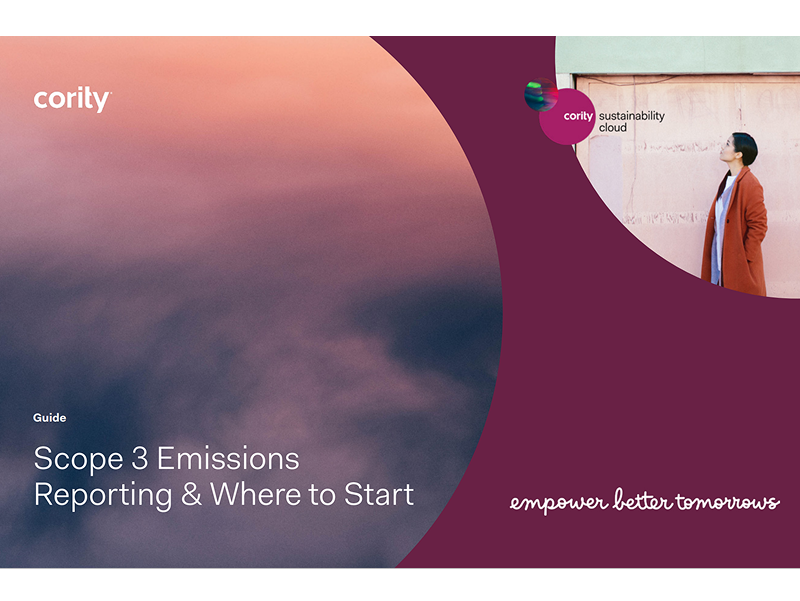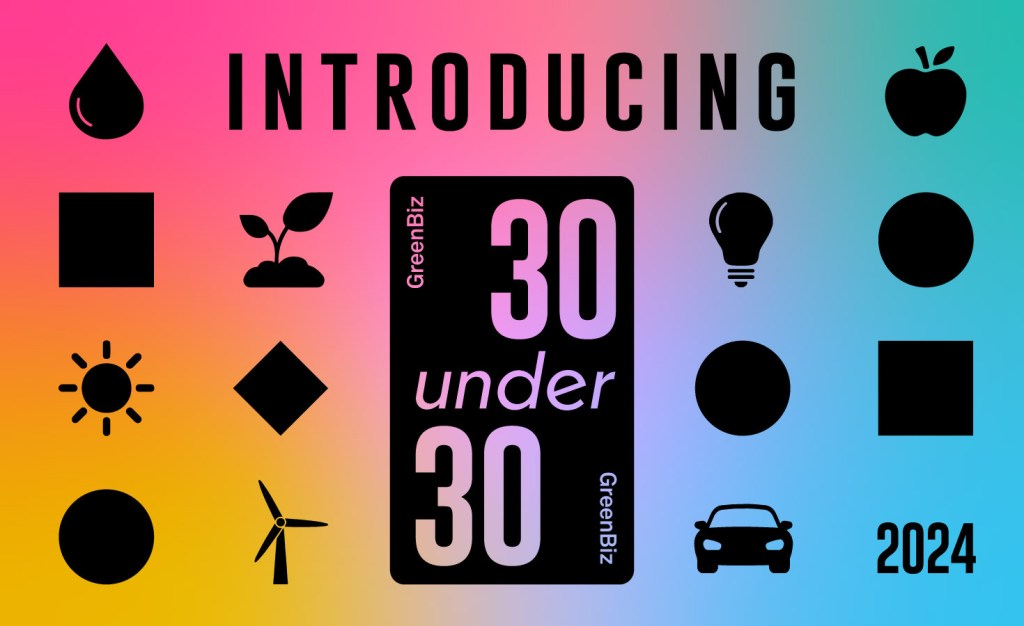Starbucks, SABMiller take holistic approach to sustainability
Food and beverage manufacturers are finding success with the all-encompassing “landscape approach." Read More
Food and beverage companies don’t have it easy. Climate change, rapid population growth and competition for dwindling natural resources all pose huge threats.
Yet the industry is making the least progress in tackling these issues and reducing its environmental impact, according to advisory firm KPMG. At the same time, the financial cost of these environmental changes continues to grow at a rapid pace, hitting $200 billion in 2010, more than any other sector.
But a growing number of large multinational agribusinesses and food companies, including Starbucks and SABMiller, are facing these sustainability risks head-on using a large-scale approach that recognizes the interconnectedness of water, food, energy and climate, according to a new report from Landscapes for People, Food and Nature initiative, a collaboration of nine of the world’s leading anti-hunger, conservation and development organizations.
“We face some very complex risks along our supply chains, all connected in some way to climate change,” said Chris Brett, head of corporate responsibility and sustainability at Olam International, a company featured in the report. “Addressing them only at the farm level won’t work. These problems involve too many interconnected variables.”
The study, “Reducing Risk: Landscape Approaches to Sustainable Sourcing,” analyzed how companies that rely on coffee, cocoa, water and other resources in developing countries are looking beyond their farms and taking a more holistic approach to sustainability.
The idea of looking at the whole landscape emerged out of the conservation and development community, but it is an approach that is slowly seeping into business, said Lee Gross, project manager at EcoAgriculture Partners and a co-author of the study. The majority of agribusinesses focus their sustainability programs on just their farms, but the landscape approach looks beyond the farm to encompass a much wider swath of the area such as forests, communities, biodiversity, transport networks and local government.
Gross and his team conducted an initial scoping phase between October 2012 and January 2013, which found 40 food and beverage companies that had adopted a landscape approach to sustainability. They then narrowed the list down, finally conducting case studies with just three companies that best exemplified the approach: SABMiller, Olam International and Starbucks.
SABMiller, one of the world’s largest brewing companies, faced water quality issues at its brewery in Bogota, Colombia. By adopting a landscape approach, the company discovered that the local community also was suffering from low water quality.
Taking team-ups into action
So SABMiller partnered up with the World Wildlife Foundation and the city of Bogota and engaged the community to address the issue and take action.
“We’ve found that the fundamental causes of water risk to our breweries are the same as the causes of water problems facing communities and ecosystems,” said Anna Swaithes, head of water and food security policy at SABMiller. “We recognize that these challenges can only be addressed through a landscape approach and multi-stakeholder collective action.”
Partnerships are key when employing a more holistic approach, Gross said. Most companies surveyed rely heavily on conservation groups and non-profit organizations that already have strong ties to the local communities.
“No one company can do it alone,” Gross said. “Partnerships are really critical to address these kinds of challenges.”
Starbucks, for example, worked closely with Conservation International and other local researchers to look at which of their coffee producing areas were most vulnerable to climate change.
Through these collaborations, the company discovered that in Ciapas, Mexico, there would be a nearly 80 percent reduction in areas suitable for growing Arabica coffee by 2030.
The coffee giant’s partnership with Conservation International led to the creation of the Coffee and Farmer Equity (C.A.F.E.) Practices, which promotes climate-smart coffee production, such as offering incentives to farmers to not expand their coffee-growing areas into forests, thereby reducing the effects of deforestation.
“They really worked with their partners and looked across the landscape and identified that climate and community were at the core of their business,” Gross said.
“Our success is linked to the success of our coffee farmers and coffee producing landscapes,” added Kelly Goodejohn, director of ethical sourcing at Starbucks. “We knew that if we didn’t pursue a landscape approach, we’d compromise our success.”
The third case study looked at Olam International, a global supply chain manager of agricultural products and food ingredients. The company, which operates in 64 countries, conducted a standard risk assessment of its Bia/Juabeso region in Ghana and found that issues such as deforestation and community health, all exacerbated by climate change, affected the farmers’ abilities to reliably supply Olam with high quality cocoa.
The business realized that a typical producer support program wouldn’t be enough to protect it against the effects of climate change, so in 2011, Olam teamed up with the Rainforest Alliance, which helped the company build on its farmer training and certification program.
By the end of 2012, there were nearly 1,300 certified farms contributing about 1,300 metric tons of certified beans. The project cost Olam nearly double a typical business venture of this size, but the company says it expects costs to go down as it learns from its mistakes and as the program matures.
The landscape approach isn’t necessarily a good fit for all companies, such as those farther downstream in the supply chain.
“It’s not a silver bullet,” Gross said. “In certain cases it works a lot better.”
Exploring your own landscape
Companies that internalize the approach at all levels of the business plan tend to be the most successful, Gross said. It starts with senior leadership, “which resonates down through the business planning,” he said.
For companies interested in adopting a landscape approach, the first step is to broaden their risk assessment so that it incorporates water, community and climate issues.
“It’s about thinking beyond the edges of the farm and into the communities, and into the forests, and into the areas important for wildlife,” Gross said.
Secondly, businesses need to look at what partnerships and collaborations with other companies, conservation groups and non-profits could help with the negotiation and management of these broader programs that take the entire landscape into consideration.
The final step is to think long-term, Gross said. Investing in huge swaths of the local community and surrounding area requires a long-term investment that likely won’t pay off immediately.
Although the study only looked at food and beverage manufacturers, Gross said he believes the approach could be applied across a variety of sectors.
Coffee bean image by britsinvade via Compfight cc.












